The “moo” that cows make is one of the most common sounds in the animal kingdom, and one of the few that is genuinely puzzling to scientists.
The most popular theory about Why Do Cows Moo is that cows are communicating with one another in a manner not unlike our own animal communication.
Why Do Cows Moo: More Than Just a Greeting
They are trying to tell each other where the food and best spots are to find it. But before you feel too sorry for the cows, you should know that cows have a lot of work to do and the “moo” is a shortcut to inform their herd mates where they are headed.
It is not just to say hello or goodbye. It also conveys information about the cow’s physical condition.
We can’t know for sure what cows are actually saying, but cows moos have a few different meanings. A cow’s call is unique to each and every individual; either through age or sex, or hybridization.
Cows also have distinctive accents and moos can be very helpful for cowboys in Texas or New Mexico to distinguish one cow from r . . another.
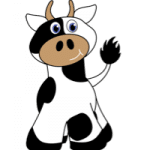 All cows have a unique personality, and their vocal cords are a window into their soul. Cows’ mooing can vary depending on diet, health, age, and even the weather.
All cows have a unique personality, and their vocal cords are a window into their soul. Cows’ mooing can vary depending on diet, health, age, and even the weather.
Cows produce different vocalizations, like grunts, belches, and huffs. Some are just for communicating with the herd and some are a response to an event. Cows can produce up to 200 different vocalizations.
A cow has three vocal cords in the larynx which are used to create sounds. Their ears are used for hearing, and the tail is used for communication.
A moooooo is used as a call for the rest of the herd. Cows can identify each other through the tone, pitch, and the frequency of their moo.
Intra-species communication takes place at infra-sound frequencies (ie below what the human ear can hear) but cows can still hear and communicate in this range.

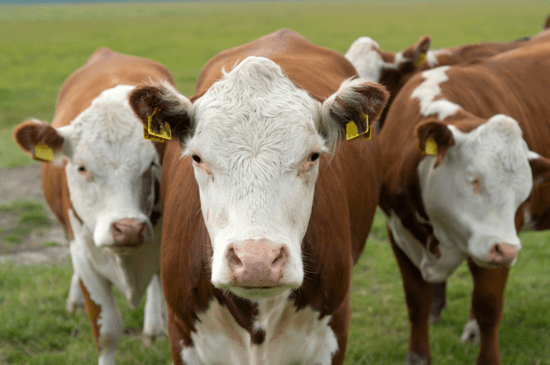
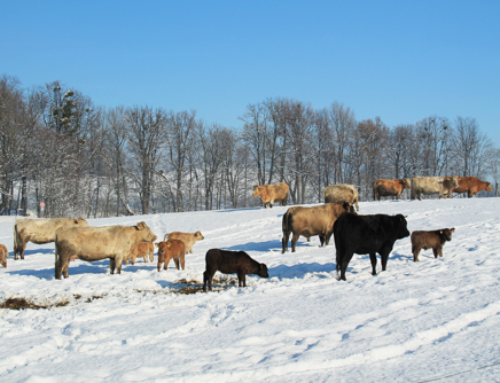
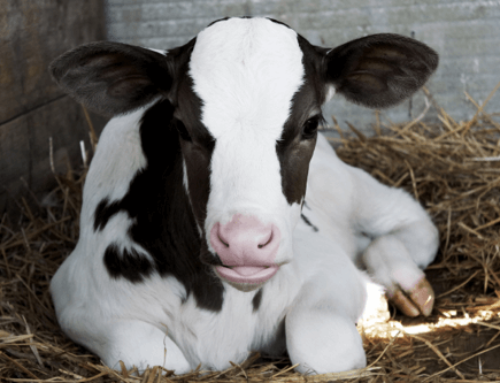

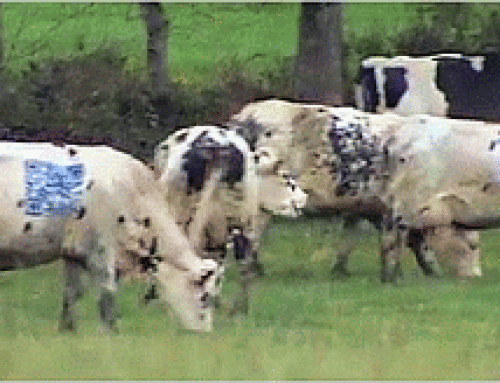
Leave A Comment